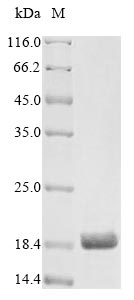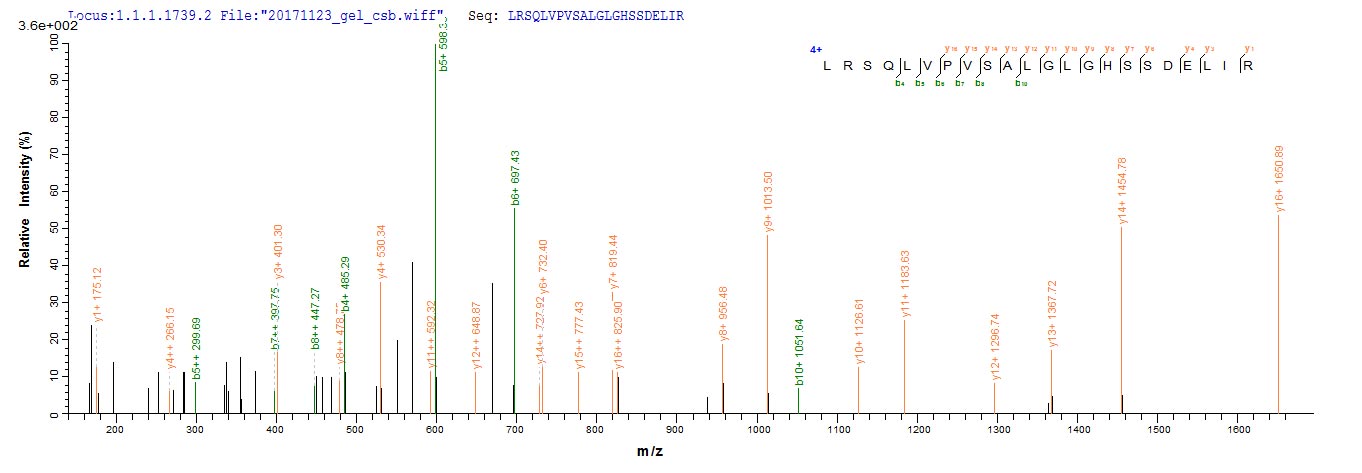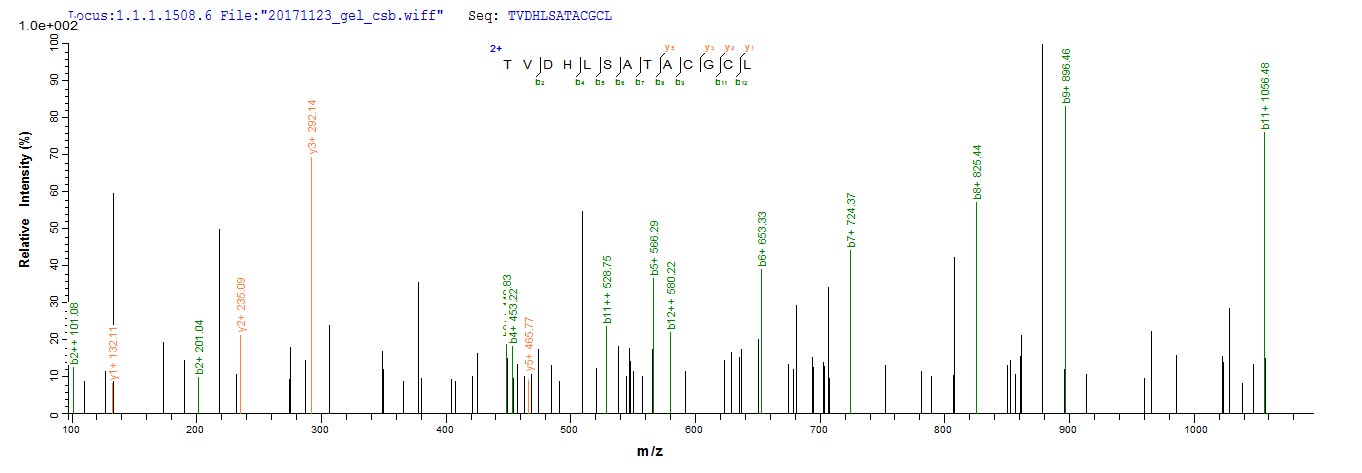Our Recombinant Rat Artemin is a very helpful research tool for researcher in the area of Neuroscience. Originating from the 'Artn' gene of the Rat species, Artemin is a neurotrophic factor in the glial cell line-derived neurotrophic factor family, which plays a vital role in the development and function of the nervous system. The recombinant protein is sourced from E.coli, covering the full length of the mature protein, precisely from the 112th to the 224th amino acid.
The Recombinant Rat Artemin features N-terminal 10xHis-tagged and C-terminal Myc-tagged extensions, simplifying purification and detection processes. A purity of greater than 85%, as verified by SDS-PAGE, stands testament to our commitment to providing high-quality research products. Accommodating diverse research settings, our Artemin protein is offered in two forms - liquid or lyophilized powder, presenting versatility for your unique experimental setup.








